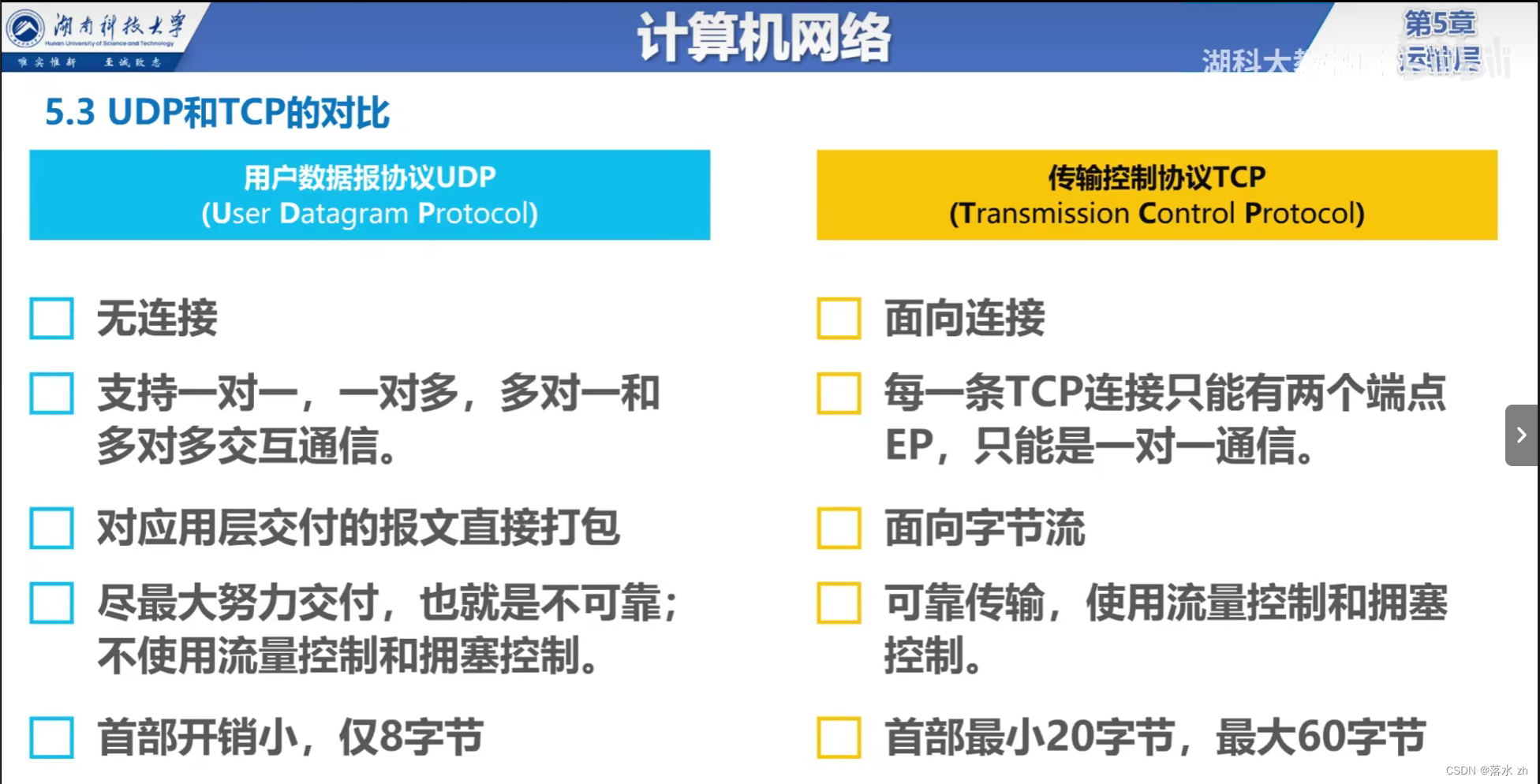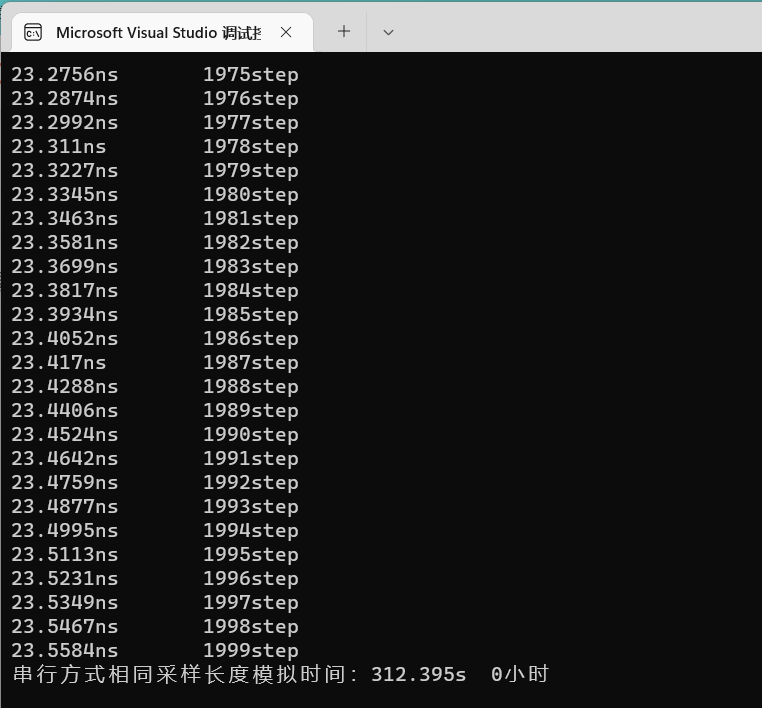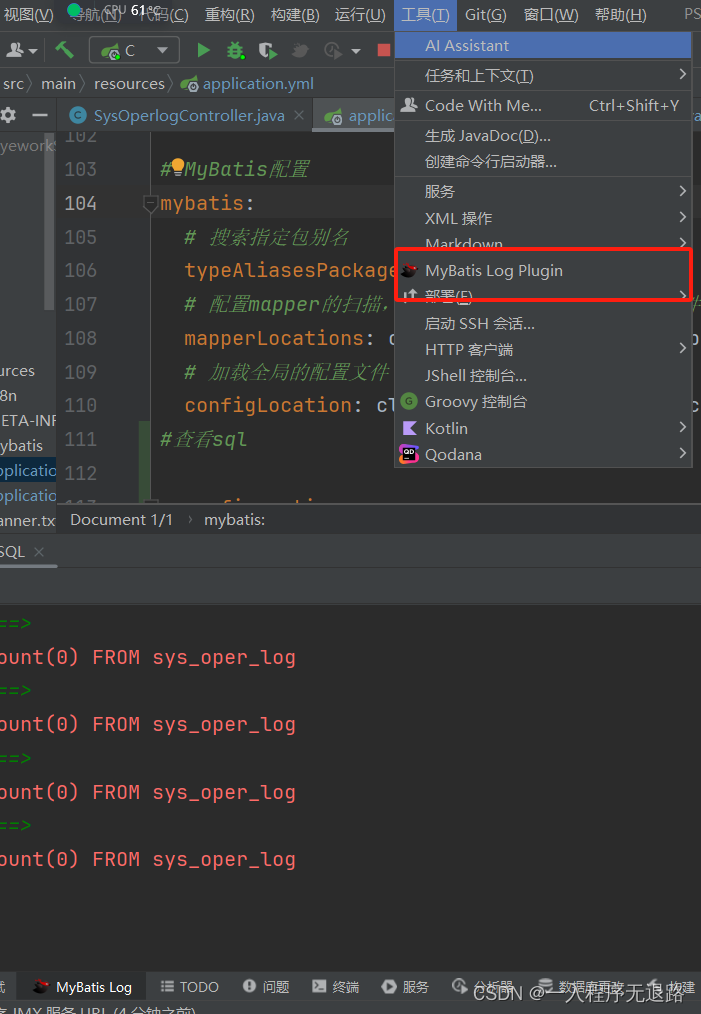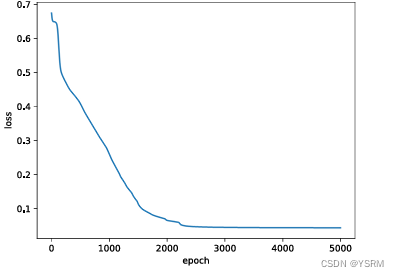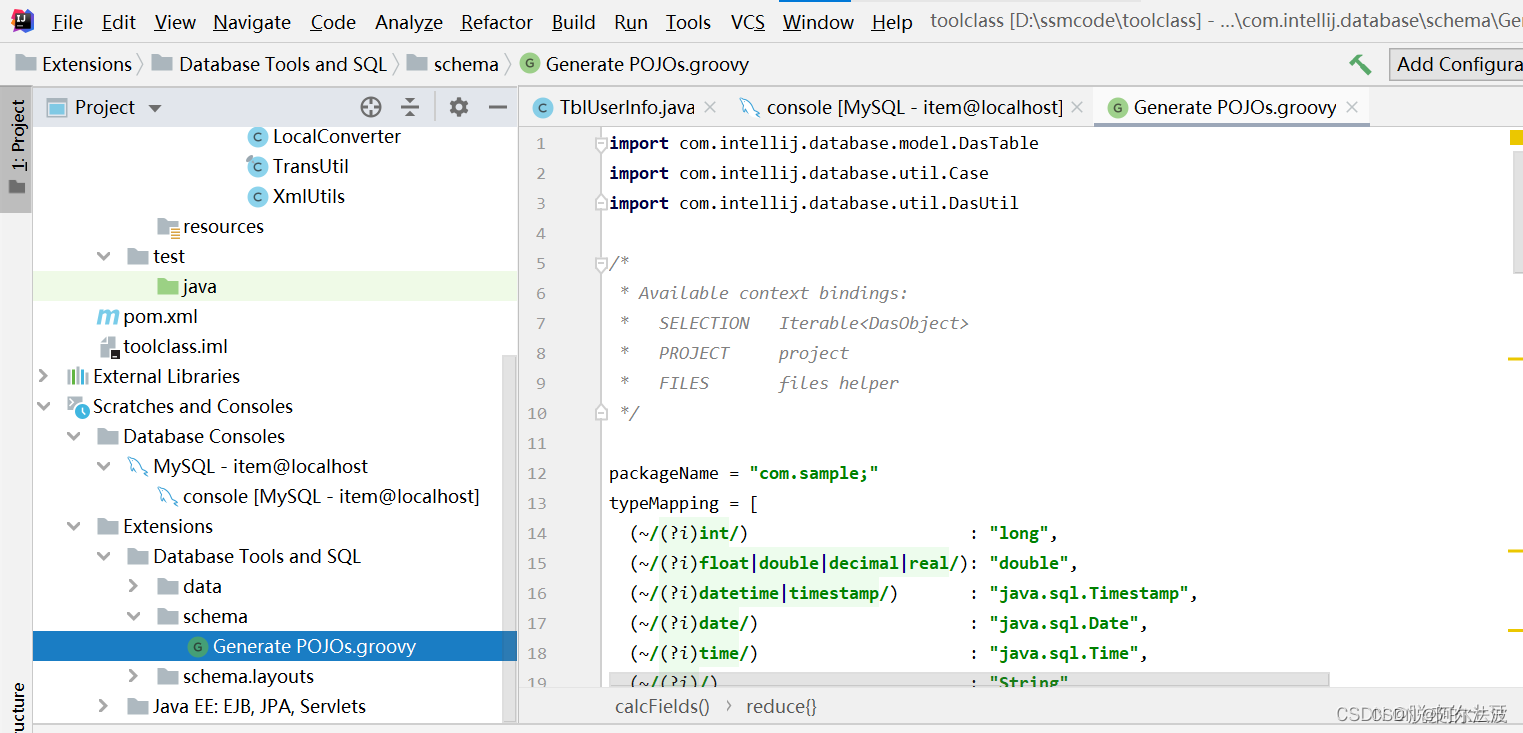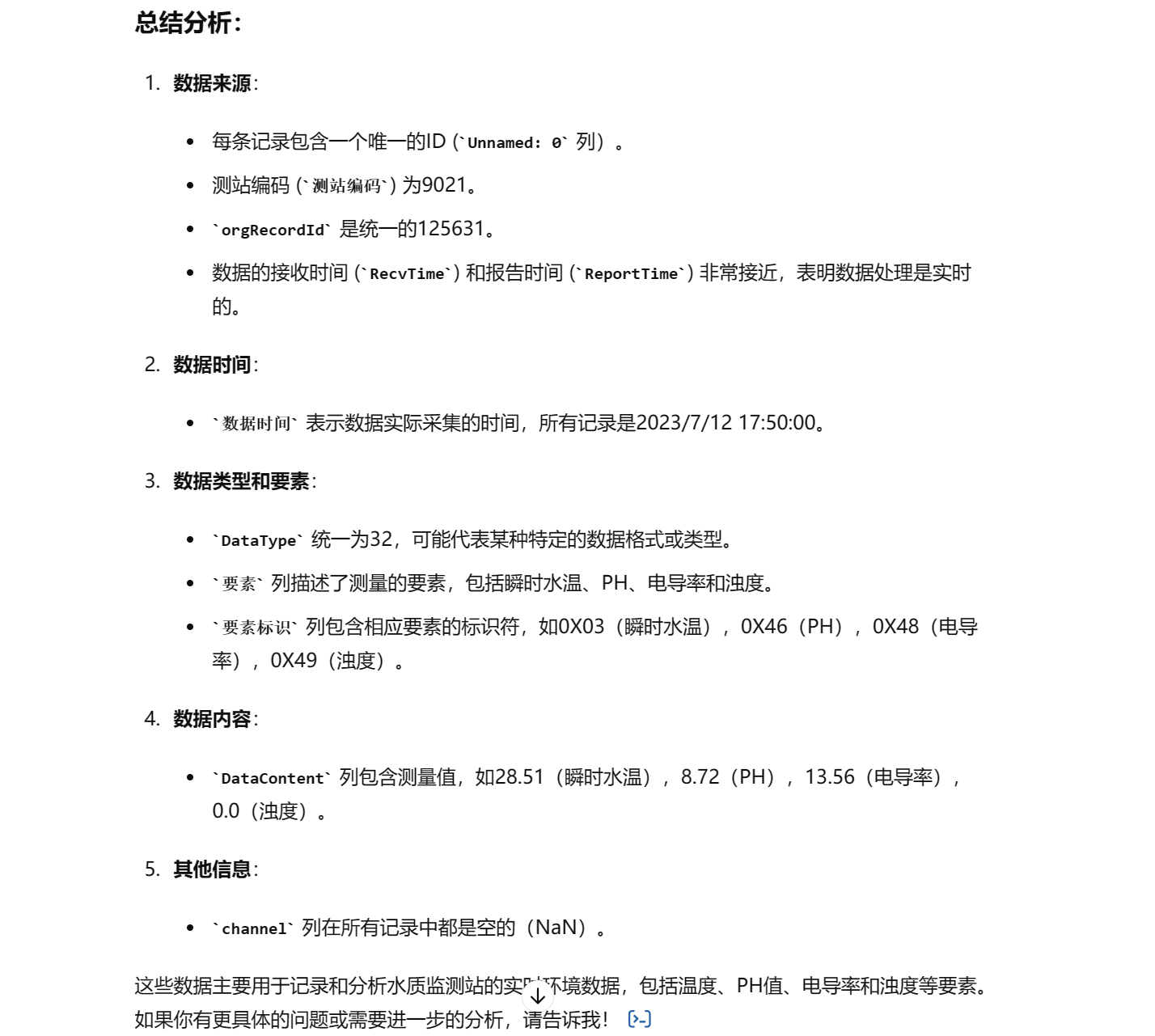
文章目录
- 引言
- 一、`ArithmeticException`的定义与概述
- 1. 什么是`ArithmeticException`?
- 2. `ArithmeticException`的常见触发场景
- 3. 示例代码
- 二、解决方案
- 1. 检查除数是否为零
- 2. 使用异常处理
- 3. 使用浮点数除法
- 4. 使用自定义方法进行安全除法
- 三、最佳实践
- 1. 始终检查除数是否为零
- 2. 使用异常处理
- 3. 使用浮点数除法
- 4. 编写健壮的代码
- 四、案例分析
- 案例一:处理用户输入数据
- 案例二:多线程环境中的除法操作
- 五、总结
引言
在Java编程中,ArithmeticException是一种常见的运行时异常,通常在进行除法运算时发生。它表示一个非法的算术操作,例如试图除以零。正确处理ArithmeticException对于确保应用程序的稳定性和正确性至关重要。本文将深入探讨ArithmeticException的产生原因,并提供具体的解决方案和最佳实践,帮助开发者更好地理解和解决这个问题。
一、ArithmeticException的定义与概述
1. 什么是ArithmeticException?
ArithmeticException是Java标准库中的一种运行时异常,继承自RuntimeException。当发生非法的算术操作(例如,整数除零)时,就会抛出这种异常。例如,试图将一个整数除以零就会导致ArithmeticException。
2. ArithmeticException的常见触发场景
在进行除法运算时,ArithmeticException可能会在以下几种情况下触发:
- 整数除以零。
- 其他非法的算术操作。
3. 示例代码
public class Main {
public static void main(String[] args) {
int a = 10;
int b = 0;
int result = a / b; // 触发ArithmeticException
System.out.println("Result: " + result);
}
}
在上述代码中,试图将整数a除以零会抛出ArithmeticException。
二、解决方案
1. 检查除数是否为零
在进行除法运算之前,检查除数是否为零,可以有效避免ArithmeticException:
public class Main {
public static void main(String[] args) {
int a = 10;
int b = 0;
if (b != 0) {
int result = a / b;
System.out.println("Result: " + result);
} else {
System.err.println("Error: Division by zero");
}
}
}
通过检查除数是否为零,可以避免除零导致的异常。
2. 使用异常处理
在进行除法运算时,使用try-catch块捕获ArithmeticException,并提供有意义的错误消息或采取相应的措施:
public class Main {
public static void main(String[] args) {
int a = 10;
int b = 0;
try {
int result = a / b;
System.out.println("Result: " + result);
} catch (ArithmeticException e) {
System.err.println("Error: Division by zero");
}
}
}
通过捕获异常并提供有意义的错误消息,可以帮助用户或开发者快速定位和解决问题。
3. 使用浮点数除法
在某些情况下,可以使用浮点数除法来避免整数除零异常。浮点数除以零不会抛出异常,而是返回正无穷大或负无穷大:
public class Main {
public static void main(String[] args) {
double a = 10.0;
double b = 0.0;
double result = a / b;
System.out.println("Result: " + result); // 输出Infinity
}
}
使用浮点数除法时,除以零会返回Infinity或-Infinity,而不是抛出异常。
4. 使用自定义方法进行安全除法
编写自定义方法进行安全除法操作,在检测到非法操作时返回特定值或抛出自定义异常:
public class Main {
public static void main(String[] args) {
int a = 10;
int b = 0;
try {
int result = safeDivide(a, b);
System.out.println("Result: " + result);
} catch (IllegalArgumentException e) {
System.err.println("Error: " + e.getMessage());
}
}
public static int safeDivide(int numerator, int denominator) {
if (denominator == 0) {
throw new IllegalArgumentException("Denominator cannot be zero");
}
return numerator / denominator;
}
}
通过自定义方法,可以在除法操作中添加额外的安全检查,并提供清晰的错误信息。
三、最佳实践
1. 始终检查除数是否为零
在进行除法运算之前,始终检查除数是否为零,避免除零异常。
2. 使用异常处理
在进行除法运算时,使用try-catch块捕获并处理ArithmeticException,提供有意义的错误消息或采取相应的措施。
3. 使用浮点数除法
在适用的情况下,使用浮点数除法来避免整数除零异常,但需注意处理Infinity和NaN的情况。
4. 编写健壮的代码
编写健壮的代码,考虑到可能的异常情况,并采取相应的措施进行处理,如捕获异常、提供有意义的错误消息等。
四、案例分析
案例一:处理用户输入数据
某个Java应用程序在处理用户输入的除法运算时频繁抛出ArithmeticException,导致数据处理失败。通过分析发现,问题出在未对用户输入的数据进行有效验证。解决方法是在处理用户输入之前,检查除数是否为零:
import java.util.Scanner;
public class Main {
public static void main(String[] args) {
Scanner scanner = new Scanner(System.in);
System.out.print("Enter numerator: ");
int numerator = scanner.nextInt();
System.out.print("Enter denominator: ");
int denominator = scanner.nextInt();
if (denominator != 0) {
int result = numerator / denominator;
System.out.println("Result: " + result);
} else {
System.err.println("Error: Division by zero");
}
scanner.close();
}
}
通过检查用户输入的除数,避免了非法除法操作导致的异常。
案例二:多线程环境中的除法操作
某个Java应用程序在多线程环境下进行除法运算时频繁抛出ArithmeticException,导致程序崩溃。经过分析发现,问题出在多个线程同时访问和修改共享数据。解决方法是使用线程安全的方式进行数据访问和修改:
public class Main {
private static int numerator = 10;
private static int denominator = 0;
public static void main(String[] args) {
Runnable task = () -> {
try {
int result = safeDivide(numerator, denominator);
System.out.println("Result: " + result);
} catch (IllegalArgumentException e) {
System.err.println("Error: " + e.getMessage());
}
};
Thread thread1 = new Thread(task);
Thread thread2 = new Thread(task);
thread1.start();
thread2.start();
}
public static synchronized int safeDivide(int numerator, int denominator) {
if (denominator == 0) {
throw new IllegalArgumentException("Denominator cannot be zero");
}
return numerator / denominator;
}
}
通过使用同步方法,确保在多线程环境下安全地进行除法运算。
五、总结
ArithmeticException是Java中常见的运行时异常,在进行除法运算时尤其容易发生。本文详细介绍了其产生原因,并提供了多种解决方案,包括检查除数是否为零、使用异常处理、使用浮点数除法以及编写自定义安全除法方法。通过遵循最佳实践,开发者可以有效地避免和处理这种异常,提高代码的健壮性和可靠性。






![[next.js]移动端调试vconsole](https://img-blog.csdnimg.cn/direct/ee7714ef43924b7296641e920f0bed5e.png)

![[linux]如何跟踪linux 内核运行的流程呢](https://img-blog.csdnimg.cn/direct/c4396f3d66e74b6e84e46fd5fe839747.png)

